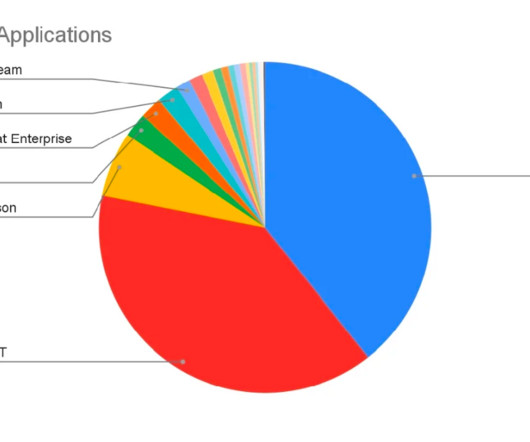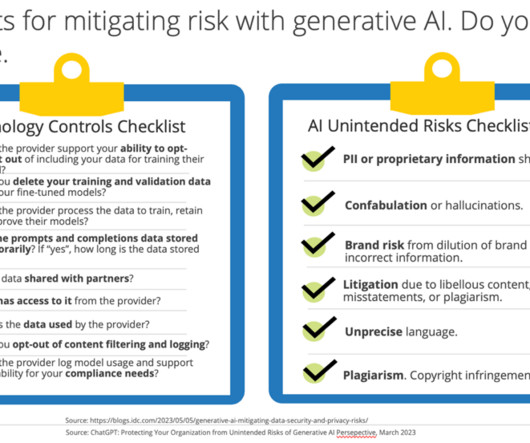Implications of generative AI for enterprise security
CIO
OCTOBER 10, 2023
The use of AI presents significant issues around sensitive data loss, and compliance. As it stands today, most Generative AI tools do not have concrete data security policies for user-provided data. Large learning models (LLMs) that back these AI tools require storage of that data to intelligently respond to subsequent prompts.
























Let's personalize your content